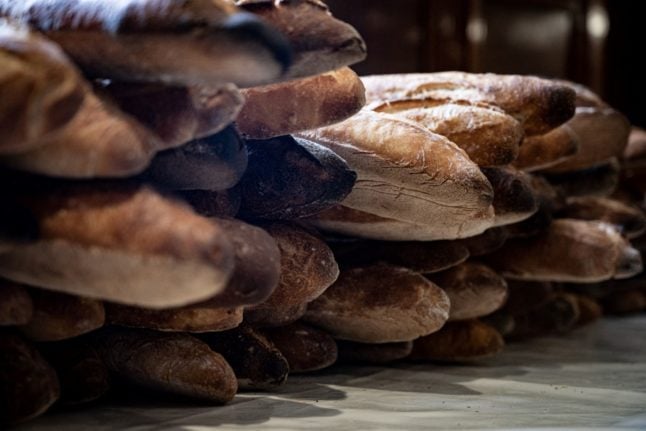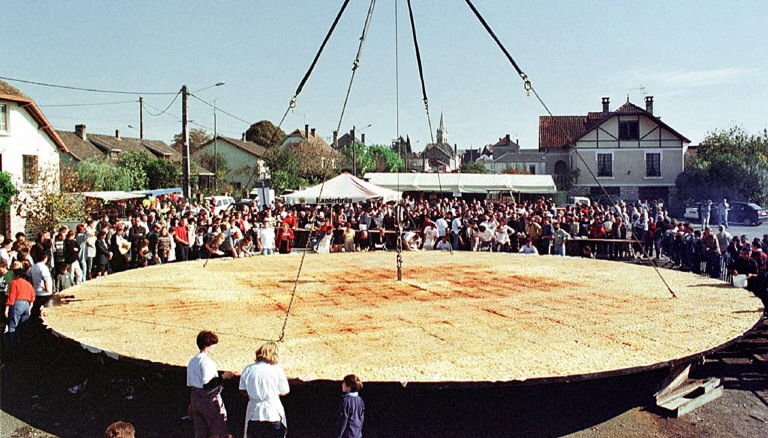They might be neighbours, but the French certainly don’t follow Spanish dining habits of having the evening meal at 10pm, but having said that dinner in France is usually eaten later than in the US or Scandinavian countries.
Of course, dinner time in France varies between families and regions, but here are some guidelines.
Lunchtime tends to run between 12 noon and 2pm – that’s when restaurants operate their lunchtime service, so that’s when it’s time to eat. Remember, the French simply do not eat at their desks – al desko is not a thing here and, frankly, France is better for it – so you can also expect many offices to be closed during this time.
Following the restaurant opening rule, the evening meal period starts from around 7pm. That’s when the tables are ready and a lot of restaurants won’t accept a booking before 7pm.
If you want to eat after 2pm but before 7pm you need to look out for a restaurant that advertises ‘service non-stop‘, these are quite common in tourist areas and big cities, but are generally not the best restaurants.
Eating out
A lot depends on where you are. If they’re eating out, Parisians tend not to book a table before 8pm to 8.30pm – and plenty of restaurants (not just fast food joints) remain open until midnight.
Don’t be fooled into thinking that means Parisians don’t eat until late every evening. Most don’t go out for a meal every night, and may dine a little earlier when they’re at home.
In most towns, cities or villages, restaurants and bistros open for evening service between 7pm and 7.30pm, although tourist resorts often have places that are open all day.
In smaller towns, you may find that restaurants don’t open every night – shutting on Monday is common – or shut their doors earlier, perhaps, than you’d expect, so your window of opportunity for a meal may be slim – especially in the colder months.
Eating in
Again, there’s no hard and fast rule here, families have different habits and of course there’s nothing to stop you eating in front of the TV as soon as you get in.
But you could take your cue from the TV schedules.
The traditional evening meal in France is considered a family affair – around a table, lots of chatter, more good food, and an all-round convivial experience that rolls along merrily for an hour or so. They usually run from roughly 7.30pm until 8.45pm.
READ ALSO Le goûter: The importance of the afternoon snack in France
It is considered poor form, in this traditional French familial round-table scenario, to have the TV on during meals – and it’s true that broadcasters schedule their primetime material to start just after 9pm. So, if you want to be done and dusted in time for Top Chef, plan your meal to end a little earlier, and make sure someone else has to load the dishwasher (or do the washing up, if you’re in a lower-tech household).
Younger children, however, may eat earlier, so that the evening meal doesn’t run into bedtime.
Celebratory meals / Sunday lunches
These can be very special. Sunday is family day in France. In some – less touristy – parts of the country, most shops don’t open at all (with the exception of the boulangerie/pâtisserie where you can buy a lovely big dessert for your family meal). This type of meal can easily last two hours, sometimes longer if the French weather’s feeling generous.
Basically, they’re a longer, chattier, open-ended version of the traditional family meal mentioned above. Wine may be involved. Salad almost definitely will be – as it’s considered something of a palate cleanser.
Restaurants are open, from around 12 noon to 2pm, if you prefer to eat out. But there’ll be no midweek plat du jour to take advantage of.
The real meal deal
The truth is, there are no real rules on evening meals beyond having to wait for the restaurants to open if you want to eat out, so the above map should be taken as a suggestion only.
Your French neighbours may be a little surprised if you tell them you eat at 6pm, but it’s a personal thing. And if you live here you may find that your mealtimes shift to fit in with your, increasingly French, daily life.




 Please whitelist us to continue reading.
Please whitelist us to continue reading.
Member comments